More ways to improve your fishing photos. This time about using your flash in bright daylight - even in sunshine.
You might think that the flash on your camera is for taking pictures when it's dark.
Wrong!
You might think that the flash on your camera is for taking pictures when it's dark.
Wrong!
Actually most on-camera flashes are lousy for use in the dark. They are too small, too close to the lens and not flexible enough. For darkness you need an off-camera flash with some muscle.
No, the small flash that most cameras have built-in is actually a lot better for daylight use.
Use the flash when it's light! And the lighter it is, the more you actually need it.
Bright sunshine should immediately make you consider turning on the flash.
The reason is that bright light creates shadows, and most cameras are unable to catch both very light areas and very dark areas equally well in the same image. Since the bright areas are often larger and often very bright, the camera will expose to get them best. The result is a face shadowed by a bill on a cap, a fish in the darkness of a body and other important parts of the image left in utter darkness.
|
|
|
|
Another situation is the opposite, where there are no shadows. Heavily overcast days bring a flat and dull light to any scene. The images might be well exposed, and nothing is missing - except for some color, some punch in the image and some shining eyes.
What you need is a fill-flash. Light from the flash will help on both these situations. In most cases you can just force turn flash on and shoot. The camera will take care of the rest. Use this function in particular when shooting
- with the sun in front of you as opposed to behind you
- when the light is really dull because of clouds
- when you are somewhere between 2 and 6 meters or 6-18' from your object
You can of course use your flash when it's dark, but the built-in flashes on small cameras are generally not able to do much about a scene in darkness. But if you use your flash, make sure that all subjects are in almost the same distance and neither too far away nor too close.
I also have a small photography site called 500th.net you can visit.
- Log in to post comments

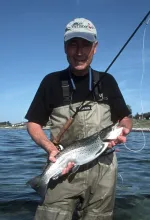
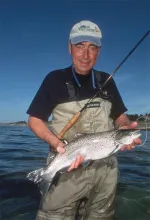
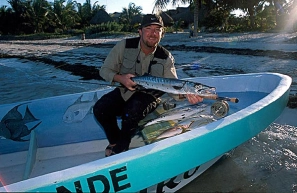
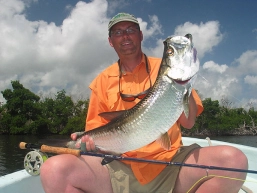
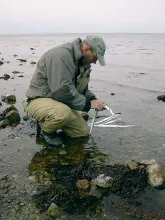
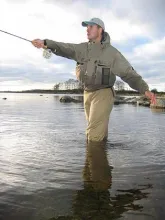
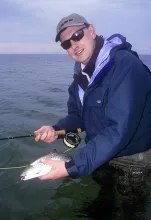
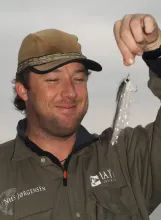

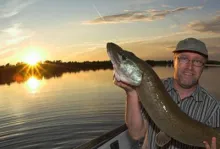
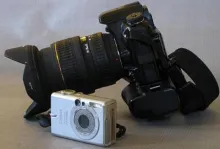
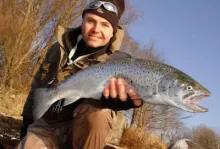
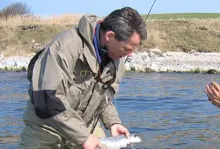

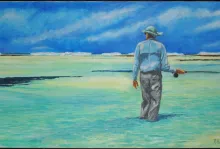

Very interesting,nev
Very interesting,never thought about using the flash in bright light conditions before,sometimes my pictures turned out ok but maybe more by luck than anything else.I will try this new found method, too me anyway, and i bet to others as well. And will let you know how i get on.You have very informatives sites and a great help to beginners like me and others.Hope its ok to pass your GFF site on to my friends.